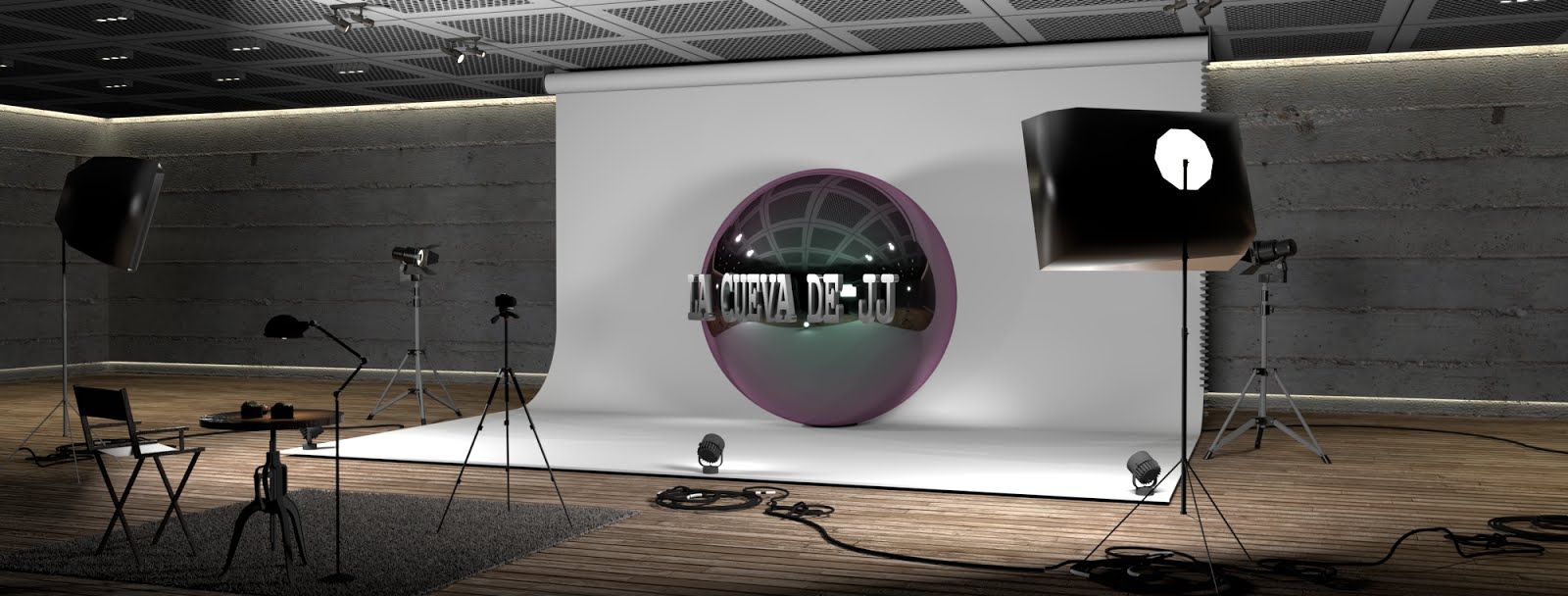


There is a wealth of supplementary content out there that helps vRay stay at the top, none more important than the accessibility to a wide range of material and texture databases scattered throughout the web. However, vRay is nothing without its support staff. Today, vRay has a lot of company at the top of the rendering mountain, but remains a titan in the industry capable of creating some of the most incredible images and animations you’ll see. It’s been around since the early days of visualization and 3D animation, when bites were measured in megas and not gigas, marking its territory early by providing the most high-quality rendering on the planet. If a connection cannot be established, you can choose to proceed using the assets that are already available on your hard drive.VRay is undoubtedly the most oft-used rendering engine on the planet. Note that the first time the Preset Material Library is opened during a new SketchUp session, V-Ray connects to the Chaos servers to validate the completeness of the downloaded assets and check for updates. V-Ray 5 for 3ds Max and V-Ray 5 for Rhino. Asset files are shared between other V-Ray products if they are also installed on the system, e.g. If a previous installation of V-Ray 5 for 3ds Max is detected, the Preset Material Library will be saved in the already specified location. Note that you can change the directory and disable the automatic check for updates from the Configuration rollout. Once the download is complete, the library assets remain permanently available. The assets are saved in \Documents\V-Ray Material Library\ on Windows or ~/Library/Application Support/ChaosGroup/V-Ray Material Library on macOS.

Note that you need about 8.5 GB of free disk space to download it. The first time you open the left panel of the Asset Editor after installing V-Ray for SketchUp, you will be presented with the option to download the Preset Material Library.


 0 kommentar(er)
0 kommentar(er)
